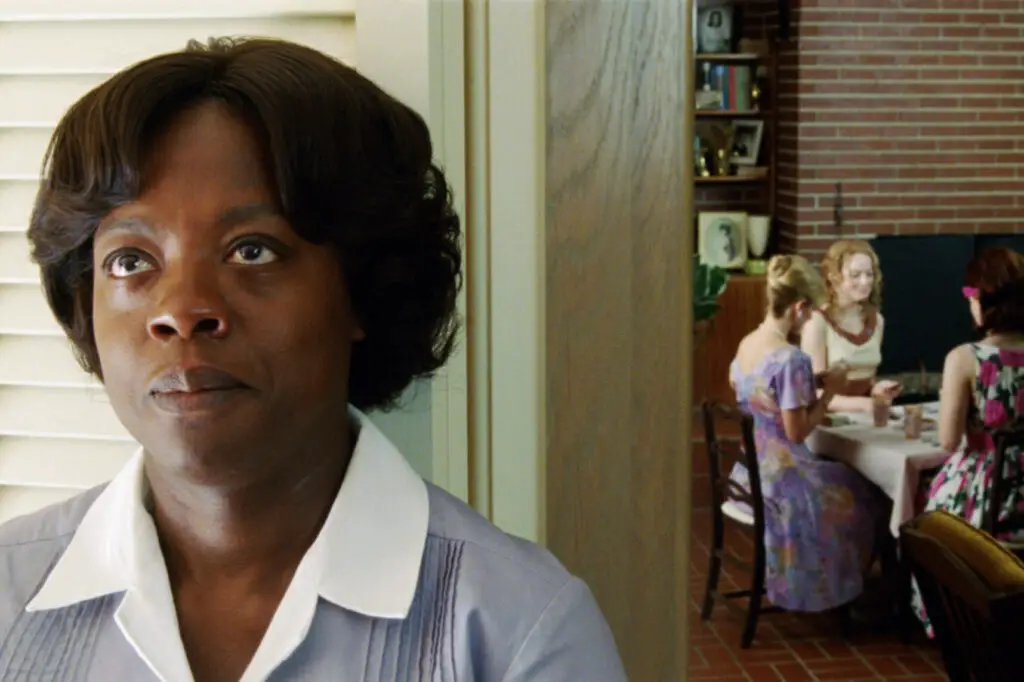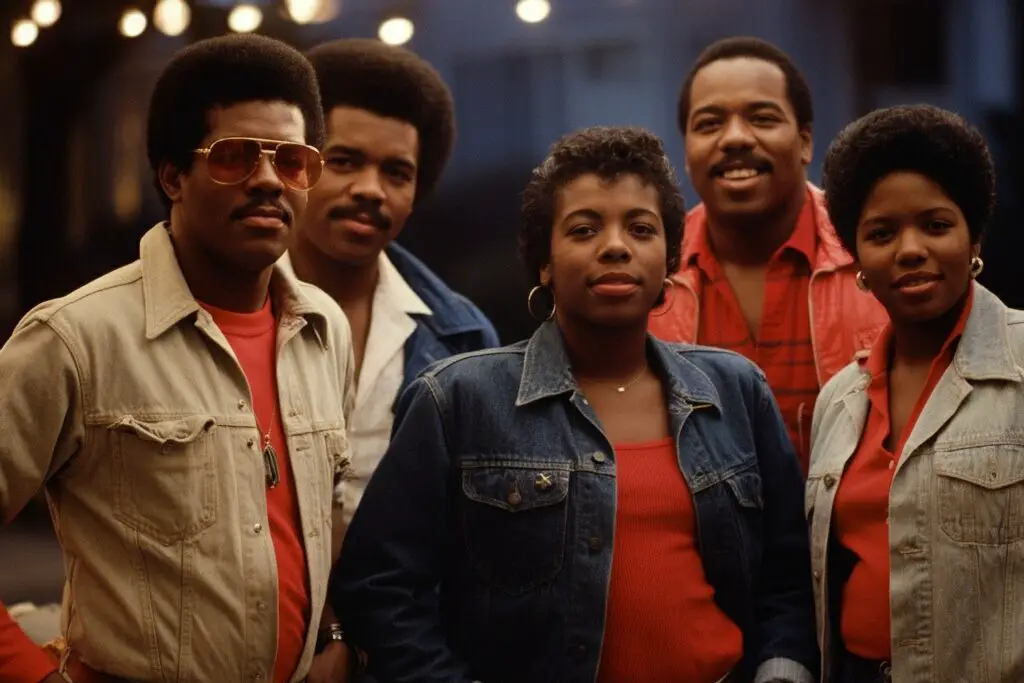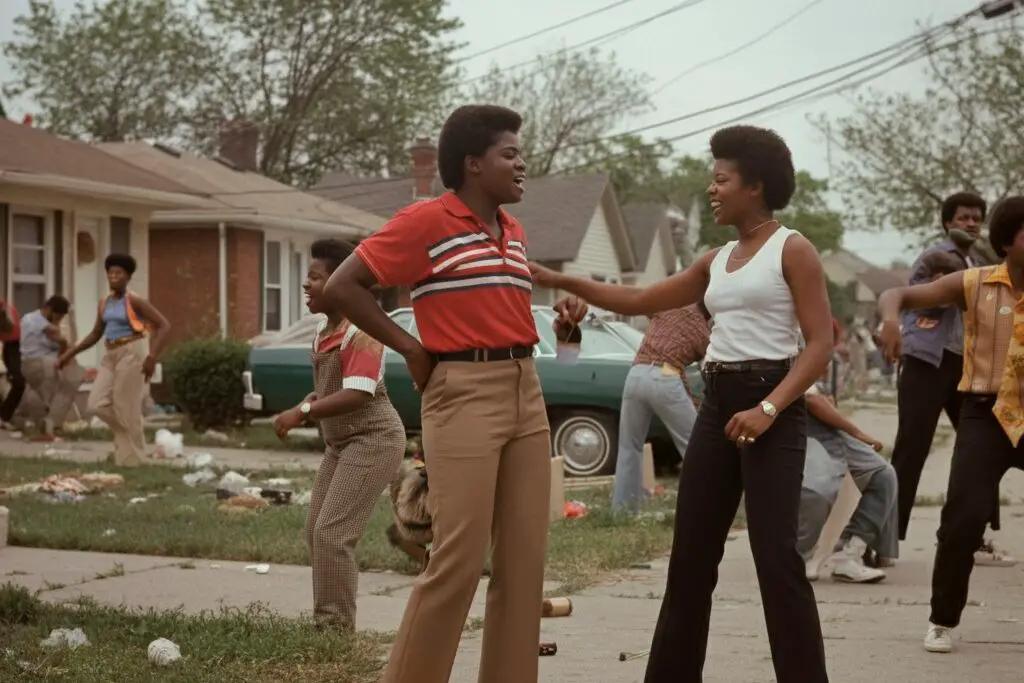1. Racial Zoning Laws Literally Mapped Out Segregation

Back in the early 1900s, cities like Baltimore actually created maps that dictated where Black people could and couldn’t live. These racial zoning laws made it illegal for Black homeowners to move into predominantly white neighborhoods, and vice versa, but the reality was that they were mainly used to keep Black families from moving into better areas. The laws were so blatant that officials didn’t even try to hide their intentions, openly stating that their goal was to “preserve racial purity.” Even when these laws were struck down, cities found ways to keep segregation in place by using other methods, like restrictive covenants explains Urban Land Magazine.
These covenants were written into property deeds, saying homes could only be sold to white buyers. If a Black family somehow managed to purchase a home, neighbors or local governments could take legal action to remove them. The Supreme Court ruled racial zoning laws unconstitutional in 1917, but that didn’t stop cities from enforcing similar policies under different names. These rules shaped entire neighborhoods, and their effects can still be seen today in housing disparities across the country.
2. Sundown Towns Made Black Homeownership Almost Impossible

Some towns took an even more extreme approach by passing laws that made it illegal for Black people to live there at all. These so-called “sundown towns” were places where Black residents and visitors were warned—often with signs at city limits—that they had to leave before the sun set. If they didn’t, they could be arrested, harassed, or worse. The laws weren’t just informal social rules; many towns actually had ordinances on the books that banned Black homeownership entirely says Wikipedia.
These restrictions meant that even if a Black family had the means to buy property, they were legally prevented from doing so in certain towns. Even after these laws were officially repealed, the unspoken rules remained in place for decades. Some towns continued to use discriminatory lending practices and intimidation to make sure Black residents stayed out. The fear created by sundown towns lingered long after the signs came down, discouraging Black families from moving into certain areas well into the modern era.
3. Redlining Let Banks Decide Who Deserved a Home

Even when outright segregation laws faded, the government and banks worked together to keep Black homeowners from getting ahead. Redlining was a practice where banks and federal agencies marked Black neighborhoods as “high-risk” on maps, meaning residents there were denied home loans and insurance. These decisions weren’t based on individual financial history but on race alone. Even Black families with steady jobs and good credit were turned away from homeownership simply because of where they lived shares Bankrate.
Without access to home loans, Black families were forced to rent or rely on shady, high-interest contracts that left them vulnerable to eviction. Meanwhile, white families in “desirable” areas built wealth through homeownership, passing it down to future generations. The Federal Housing Administration played a huge role in this, refusing to back loans for Black buyers while subsidizing new white-only suburbs. The effects of redlining still shape wealth inequality today, with many former redlined neighborhoods still struggling with poverty and disinvestment.
4. Racial Covenants Locked Black Families Out of the Suburbs

As the suburbs boomed in the ’40s and ’50s, racial covenants ensured Black families were left behind. These legal clauses were added to home deeds, stating that properties could not be sold to Black buyers—or, in some cases, any non-white buyers at all. Real estate agents and homeowners worked together to enforce these rules, often refusing to show homes to Black families or outright telling them they weren’t welcome. In some communities, entire neighborhoods were built with these restrictions baked in from the start.
Even after the Supreme Court ruled in 1948 that racial covenants couldn’t be legally enforced, the damage had been done. Many white homeowners still refused to sell to Black families, and real estate boards continued steering Black buyers away from white neighborhoods. Banks also played along by denying mortgages to Black applicants trying to buy in these areas. This widespread discrimination meant Black families had fewer opportunities to build home equity, widening the racial wealth gap that still exists today.
5. Urban Renewal Projects Pushed Black Homeowners Out

In the mid-’20th century, the government used “urban renewal” as an excuse to bulldoze Black neighborhoods. Under the guise of clearing “blighted” areas, cities used eminent domain to take land from Black homeowners, often offering them little to no compensation. The land was then handed over to developers to build highways, office buildings, or luxury housing—projects that rarely benefited the displaced residents. Entire communities were wiped out, forcing Black families to start over in less desirable areas.
This wasn’t a small-scale issue; major cities like Chicago, New York, and Atlanta all had large Black communities uprooted by these projects. Once again, banks and city officials worked together to make sure displaced Black families had few good options for relocation. Many were pushed into overcrowded public housing or forced to move into underfunded neighborhoods with fewer resources. These urban renewal policies cemented segregation and set Black homeowners back decades, making it even harder to pass down property and wealth.
